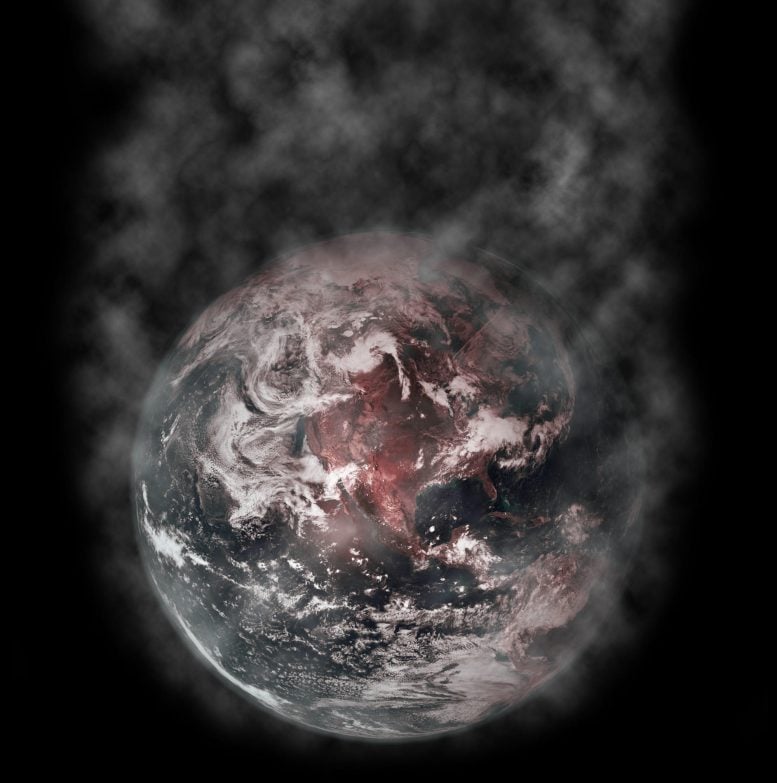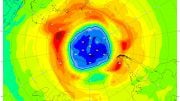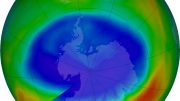
Air pollution is a serious and growing environmental problem affecting the health and well-being of people and ecosystems all over the world. Air pollution contributes to a range of health problems, including respiratory diseases, heart disease, and stroke, and can also damage crops, forests, and bodies of water.
A recent study has uncovered that China is a major source of nitrate radicals (PNO3) during nighttime hours, which could significantly affect the levels of health-threatening ozone and fine particulates (PM2.5) in the atmosphere.
The study revealed that China has seen a sharp rise in the production of NO3 during nighttime hours, while Europe and the US have experienced a decrease. This increase is expected to result in significant air pollution consequences for China and other developing nations, such as India.
Current production of NO3 radicals in eight representative Chinese cities – Beijing, Shanghai, Guangzhou, Chengdu, Xi’an, Jinan, Zhengzhou, and Shijiazhuang – is comparable to that in 1990s Los Angeles, but with an overall increasing trend.
Publishing their findings in the journal Nature Geoscience, the international team of researchers – which includes experts from the University of Birmingham – believes that the long-term decreasing trend in the production of NO3 in Los Angeles offers hope that the level of nocturnal ozone can be reduced while simultaneously reducing nitrogen oxides.
Co-author Professor Zongbo Shi, from the University of Birmingham, commented: “Nitrogen oxides derived from combustion and natural sources are reactive gases that regulate the formation of key air pollutants including both ozone (O3) and PM2.5. Nocturnal oxidation driven by nitrate radicals is an important, but poorly understood, process in atmospheric chemistry – we must understand this better, if we are to formulate effective global pollution mitigation strategies and understand the influence of nitrogen oxides on air quality and climate.”
The study shows that, if recent increasing ozone pollution trends continue, nighttime oxidation in China will increase further even if NOx emissions are reduced. However, based on the trend in Los Angeles since 1980 and global changes since the COVID-19 lockdown, scientists believe that, currently, reducing the emissions of volatile organic compounds (VOC) would simultaneously reduce daytime ozone and nighttime oxidation in China and similar regions.
Night-time NO3 chemistry influences next-day photochemistry by removing nitrogen oxides and VOCs – enhancing ozone formation. The production of NO3 radicals increased significantly in three megacity clusters (North China Plain, Yangtze River Delta, and Pearl River Delta), with experts suggesting that the hotspot of NO3 chemistry persists for the entire year in China.
Given that much lower values of NO3 radicals in both the Europe and the United States have been shown to exert significant impacts on particulate nitrate and organic aerosol formation in those regions, the researchers believe that NO3 radical chemistry may play a more critical role in atmospheric oxidation and aggravate both O3 and PM2.5 pollution in China in the near future.
Increased O3 and PM2.5 pollution due to nighttime oxidation poses an important challenge in further improving air quality in China, with significant public health implications.
Reference: “Increased night-time oxidation over China despite widespread decrease across the globe” by Haichao Wang, Haolin Wang, Xiao Lu, Keding Lu, Lin Zhang, Yee Jun Tham, Zongbo Shi, Kenneth Aikin, Shaojia Fan, Steven S. Brown and Yuanhang Zhang, 26 January 2023, Nature Geoscience.
DOI: 10.1038/s41561-022-01122-x









If we have a hole in the ozone layer, and O3 is ozone, and there’s nitrogen in the atmosphere, maybe capture and release your N03 at high altitudes?